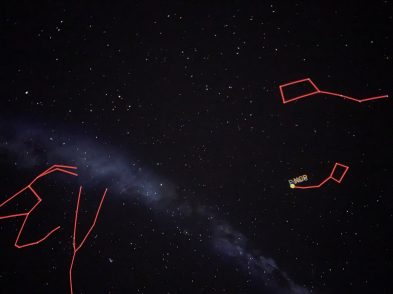The work of British-Kazakh abstract artist Annya Sand is exhibited in the UN Headquarters in New York, the Houses of Parliament in London and now Florence’s Hotel Savoy. Annya talks with The Florentine about the exhibition, Tribute to Women, which opens on March 9, being the hotel’s first female artist in residence and her creative process.
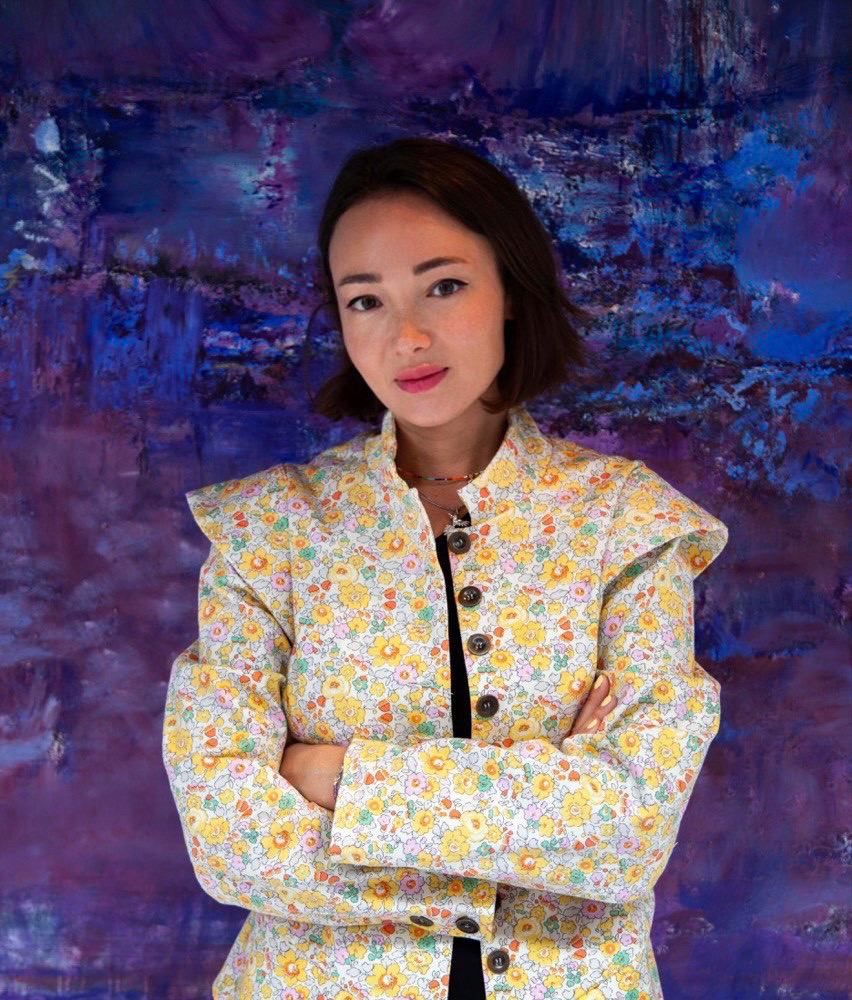
Femininity is the exhibition’s focus. Has this always been a thread throughout your work or is it unique to this exhibition?
It has been present throughout my artwork. Of course, the exhibition is called Tribute to Women, and it was very important for me to open around March 8 as it’s very symbolic with International Women’s Day. But the influence of women and modern nature has been throughout my artistic career, especially Mother Nature. The problem I see today is that when you talk about femininity, people start talking about feminism, which is quite a different narrative. It’s almost as if you are a feminist, you cannot be feminine. You are no longer that feminine beauty, you have to be strong and you can’t afford to crack. The exciting news is that the Rocco Forte hotel group is creating a legacy for artists with their residences, especially at the Hotel Savoy in Florence. We just realised that I am the first female artist in residence, which means there are some very big shoes for me to fill, but again you have to make that crack and open the way.
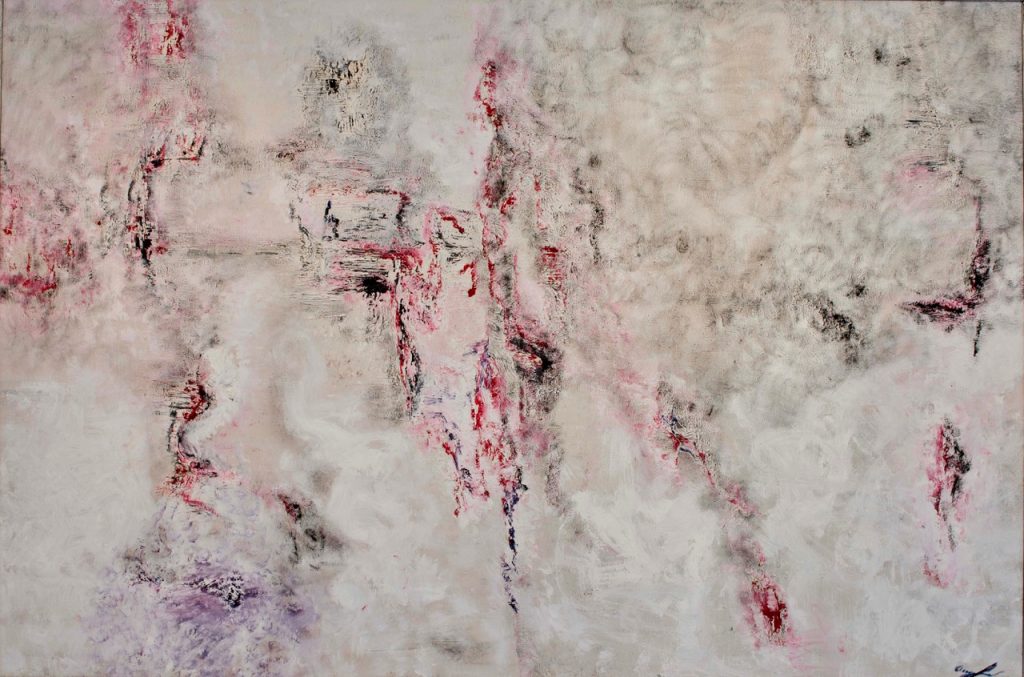
The Hotel Savoy is not affiliated with a gallery or the local government; it’s a completely independent thing. Does that give more liberty to what you can choose to put in the exhibition and who they choose to exhibit?
In a way, it’s a more accessible audience because those who come into a gallery are a certain type of people that are comfortable there, that are already comfortable talking about art, listening about it and sharing their opinions. Here you have a completely different audience. But also I think because it’s set in Florence, the element of art is naturally there, so people might be more lenient towards the experience.
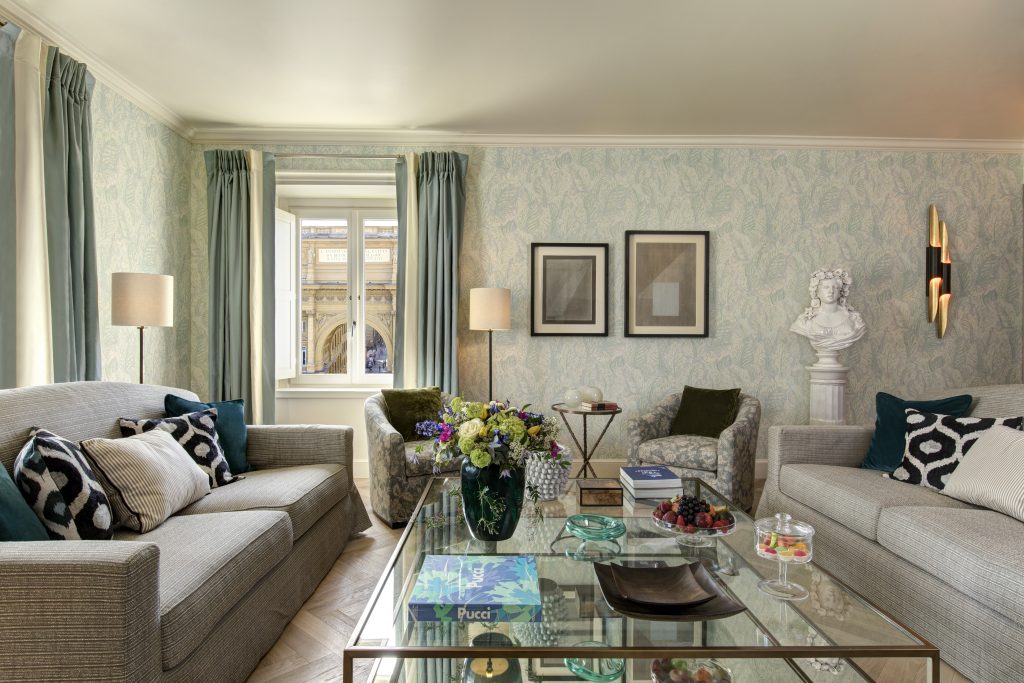
With such abstract shapes and meanings in your art, interpretation must be everything.
Interpretation is everything. It’s important for people to talk about art, so that engagement, the accessibility, makes it more understandable, and if it’s more understandable, you can relate to it more. Especially with contemporary art, with abstract art, it’s not always easy to try and understand and relate to it. You relate it to yourself and to your life experience.
In one of my recent exhibitions, there was a painting that I hadn’t showed for a long time and I saw this guy looking at the artwork. I asked him if he liked it and he asked, “What’s it about?” I explained that I had started creating it when my father passed away. There was a big hole in the painting, and only this year, I painted something else and I closed up the hole. I’d moved on and it has the light perspective rather than just the darkness. He started crying and said, “My father passed away in September”. I started crying too. It was quite something. That again proved to me the importance of art.
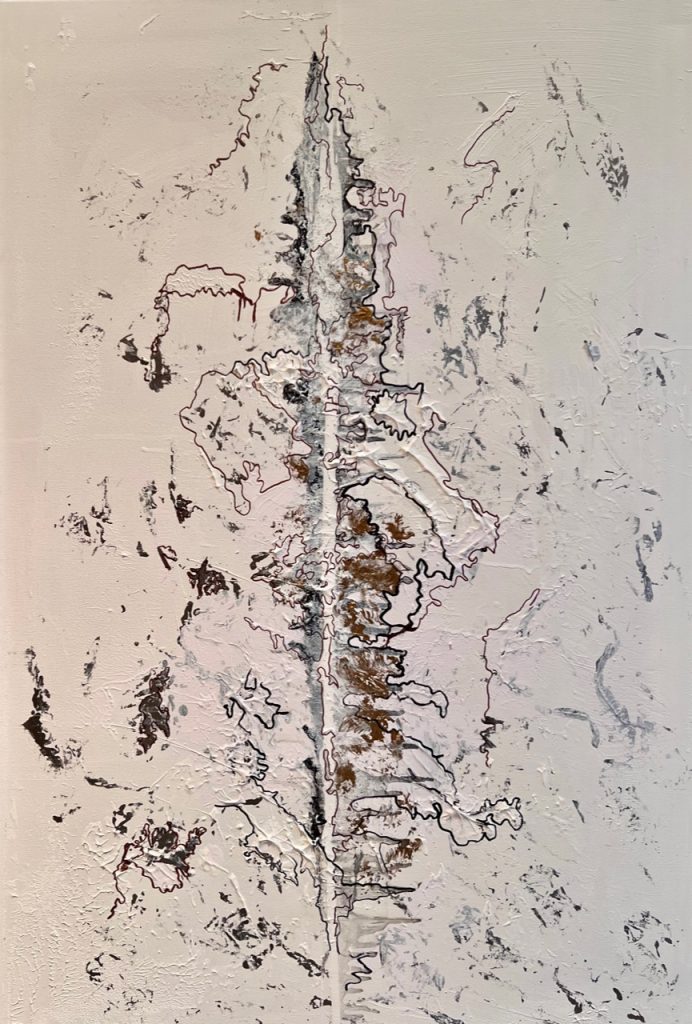
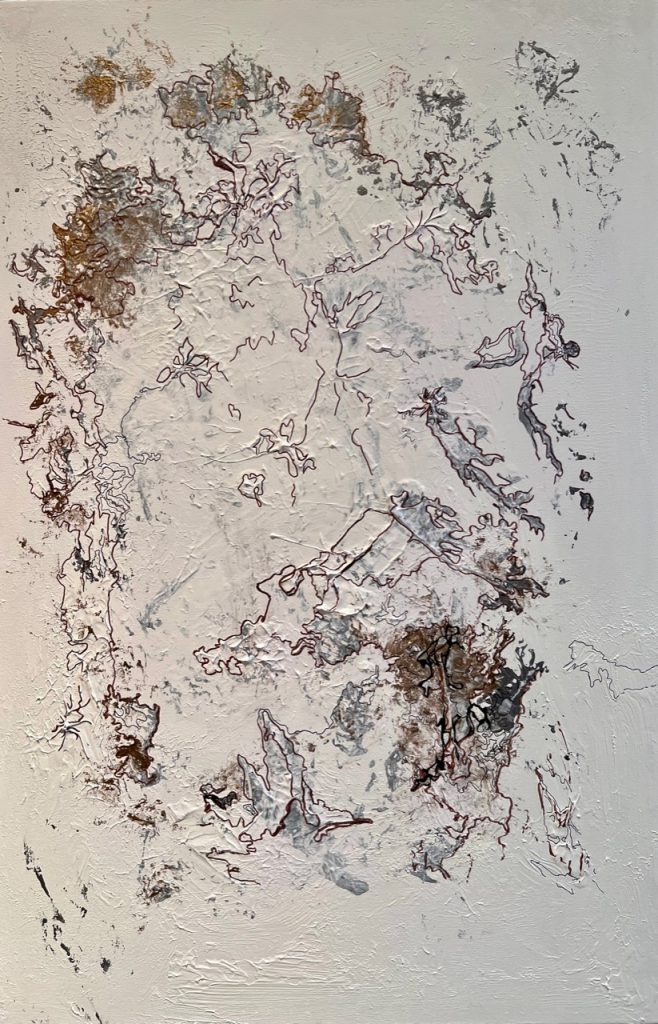
Have all your works at the Savoy been created specifically for this show or are they from previous years?
I’m bringing paintings from 2007 up to today. Two were finished only two weeks ago. With the help of my art agent Nadya Abela and art collector Christian Levett, we are bringing seven works from London. There will be nine all together because two of them belong to them. All of them have the element of femininity, whether it’s plastic surgery, the ageing body, meditation or Mother Earth.
It’s more powerful to know that they have come from such diverse periods of time because there is continuity in that. It shows the common thread between them all rather than choosing this as just an isolated subject matter.
It’s the reality, it’s part of my DNA. Also, I’m growing up, I’m maturing, so the way I look at the subject will change throughout the years. It was a lot more obvious back in the day. Now, it’s stricter and connected to something a bit more divine, rather than physical.
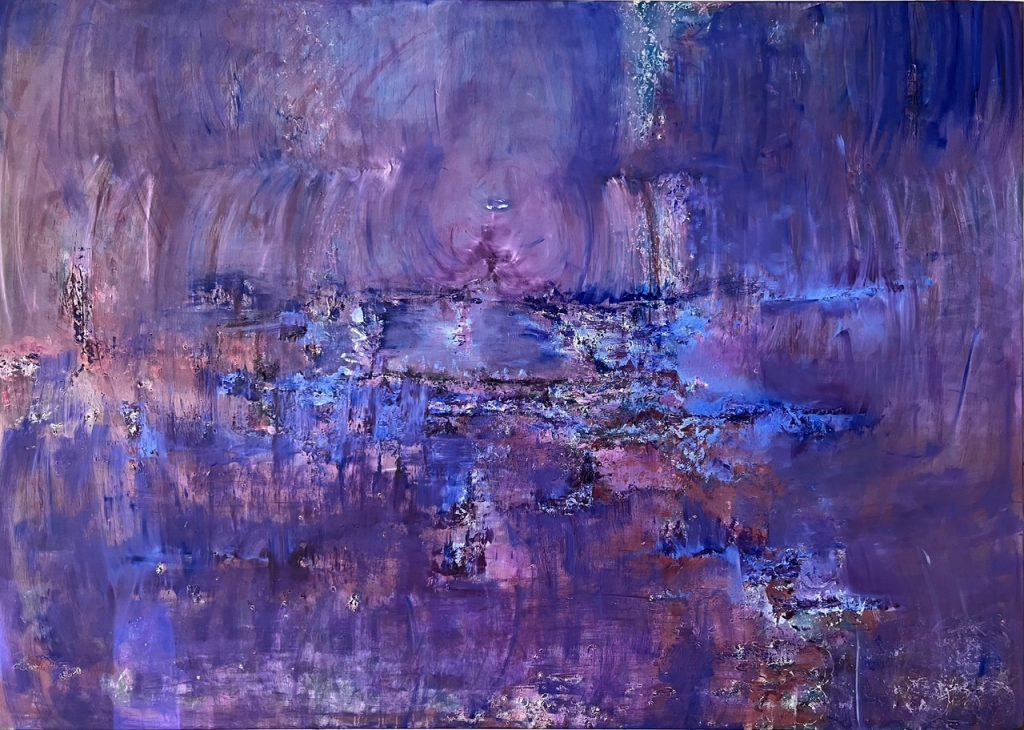
When you start a work, do you know where it’s going to evolve to or is it more in the moment?
It depends because I do a lot of commission artworks, and there I have an idea what the collector wants, what their room looks like or they give me a theme. But when I paint for myself, it starts with one line and then it just guides you. You see shapes and start playing with them, it’s very free. I don’t think about it until the end product. Then I have to make sure it’s visually correct, it’s structured, and that the composition is visually whole.
So, it’s quite intuitive right up until the last point.
Very, and I meditate a lot when I paint. It’s that process of being in a different headspace, which for me is is part of this portal that I’m creating.

Tell us about the live painting performances you’re doing in Florence.
We’ll have the opening night on March 8, when I will try to find time to start painting because I already have ideas, and I can’t wait. Also, I haven’t been painting for a while because I want everything to come out then. I’ll be painting on March 9, 10, 22 and 23. It’s a full calendar, but it’s fun because I love people. When they come and talk to you, they become part of the composition. It’s like a collaboration. Why do they think the way they think? What have they seen before coming here? That becomes part of the whole composition of the artwork.




